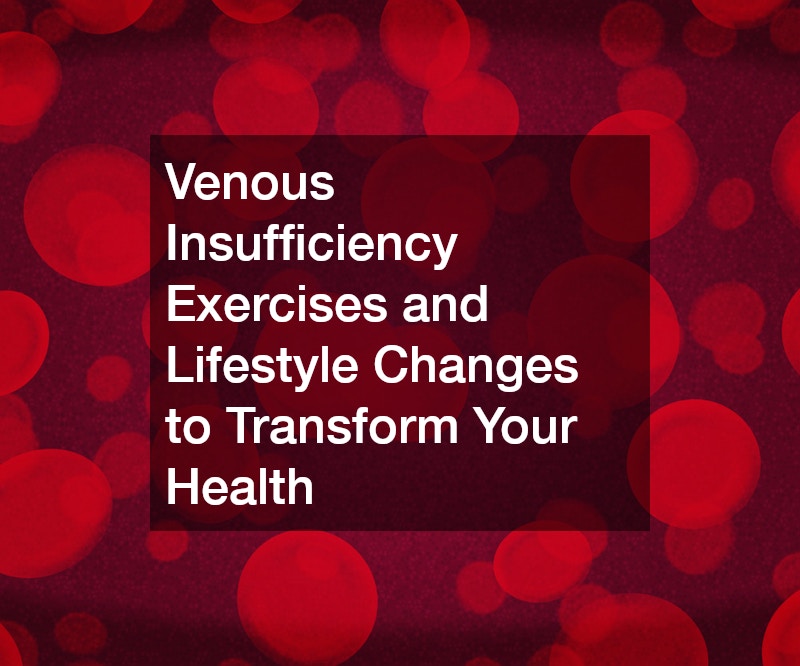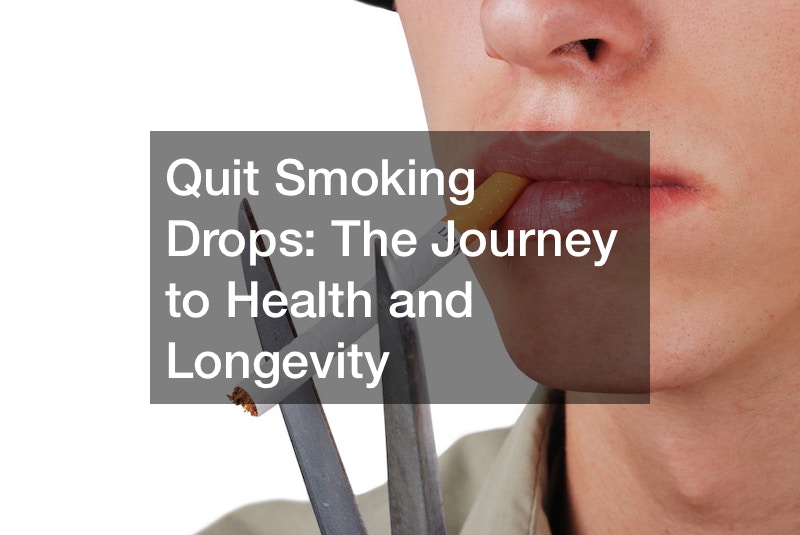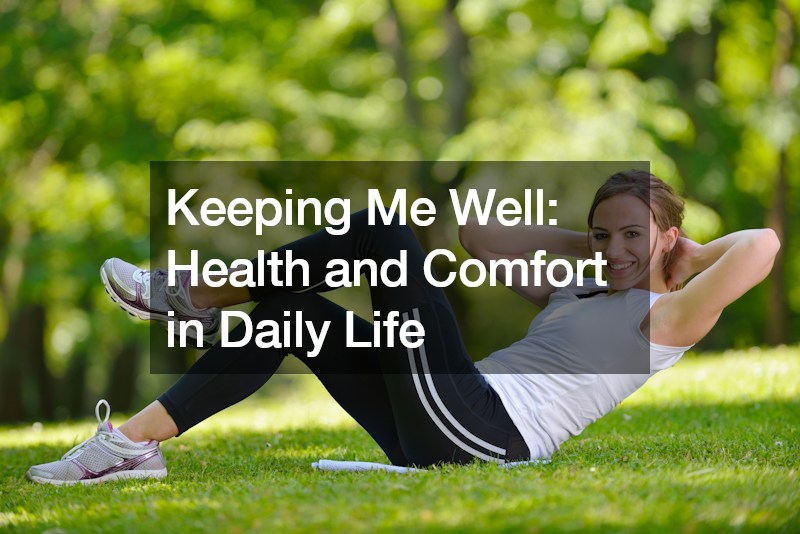Chronic venous insufficiency is a condition that significantly impacts the circulatory system, leading to swelling, pain, and discomfort in the legs. Implementing specific exercises and lifestyle changes can mitigate these symptoms, enhancing overall well-being. Individuals struggling with this condition often find that consistent exercise can dramatically improve circulation, reducing the risk of more serious complications. It’s crucial to understand that incorporating appropriate practices into your daily routine doesn’t just ease symptoms but also contributes to long-term health. Numerous options are available, from targeted physical therapy techniques to routine foot care and advanced skin treatments. Each plays a critical role in alleviating discomfort and promoting venous health. Knowing where to start and what to focus on can seem overwhelming, especially if you’re new to managing venous insufficiency. The key is to integrate small, manageable changes into your lifestyle gradually. In addition, professional guidance from healthcare providers can provide valuable insights and personalized recommendations. By adopting a proactive approach towards venous health, you not only manage existing symptoms but also prevent further deterioration. This article delves into the various strategies and expert advice aimed at transforming your health through venous insufficiency exercises and supportive lifestyle changes. It highlights the importance of professional input, the impact of vascular conditions on wellness, and the benefits of specific treatments and activities. Ultimately, empowering yourself with the right knowledge and tools can lead to a significant transformation in your venous health and overall quality of life.
Expert Insights from a Physical Therapy Specialist on Venous Health

A physical therapist specializing in venous health can provide invaluable guidance on effective exercises that target the circulatory system. These specialists understand the intricate functioning of veins and how specific movements can promote better blood flow. They often recommend a combination of low-impact exercises such as walking, cycling, and certain leg lifts to enhance venous return.
Moreover, a physical therapist can tailor an exercise program to suit individual needs, considering factors such as age, fitness level, and the severity of the venous condition. This personalized approach ensures that the exercises are both effective and safe, minimizing the risk of further complications. Regular consultation with a physical therapist further allows for adjustments to the exercise routine as needed, ensuring ongoing improvement in venous health.
In addition to exercises, a physical therapist might also incorporate techniques such as manual lymphatic drainage and the use of compression garments. These methods work synergistically with exercise routines to reduce swelling and improve overall venous function. By adhering to a comprehensive program prescribed by a specialist, individuals can experience significant relief from the symptoms of venous insufficiency and improve their quality of life.
How Proper Foot Care Enhances Recovery from Venous Insufficiency

Proper foot care is crucial in managing venous health and aiding recovery from venous insufficiency. Regularly inspecting your feet for any signs of issues such as ulcers, sores, or swelling can help catch and address problems before they worsen. Additionally, keeping feet clean and moisturized prevents skin breakdown, which is essential for individuals dealing with poor circulation.
Visiting a podiatrist for specialized care can be highly beneficial. These medical professionals can provide treatments and advice tailored to the unique needs of those with venous issues. They might suggest custom orthotics, compression stockings, or specific foot exercises to enhance circulation and support overall foot health. Integrating podiatric care with other venous insufficiency exercises can offer a holistic approach to managing venous conditions.
Wearing supportive footwear is another critical aspect of foot care. Shoes that offer good arch support and cushioning reduce stress on the veins and promote a healthy walking pattern, which aids in venous return. By focusing on foot health, individuals can create a solid foundation for recovery, complementing other treatments and exercises designed to improve venous function.
Understanding the Impact of Vascular Conditions on Your Wellness

Vascular conditions such as venous insufficiency can profoundly impact overall wellness. They often lead to symptoms like swelling, pain, and fatigue, which can limit daily activities and reduce quality of life. Understanding these effects is the first step in managing the condition effectively and taking proactive measures to maintain health.
Venous disease occurs when veins have difficulty sending blood from the limbs back to the heart. This inefficiency can cause blood to pool in the veins, leading to increased pressure and discomfort. Regular venous insufficiency exercises are essential in promoting healthy blood flow and reducing these adverse effects. Combined with other lifestyle changes, these exercises can significantly improve symptoms and enhance overall wellness.
Education about vascular health and its implications is critical. Patients who understand their condition are more likely to adhere to treatment plans, engage in recommended activities, and seek appropriate medical care when needed. Comprehensive knowledge, combined with practical strategies such as exercise, diet, and medical interventions, can empower individuals to manage their venous health more effectively and enjoy a better quality of life.
Exploring Advanced Skin Treatments for Venous Health Issues

Advanced skin treatments can play a valuable role in managing venous health issues, particularly for those with more severe symptoms or complications. Techniques such as laser skin services offer a non-invasive solution for addressing issues like spider veins and varicose veins. These treatments can improve both the appearance and function of affected veins, providing significant relief for many patients.
Laser skin services work by directing focused light energy to the damaged veins, causing them to collapse and eventually be reabsorbed by the body. This process helps reduce the visibility of distended veins and alleviates associated symptoms. When combined with venous insufficiency exercises, these treatments can enhance overall venous health and reduce discomfort.
In addition to laser treatments, other innovative skin therapies, such as sclerotherapy and radiofrequency ablation, are also available. These options provide effective solutions for managing venous conditions, helping to restore healthy circulation and improving leg appearance. Consulting with a dermatologist or vascular specialist can help determine the most appropriate treatment plan tailored to individual needs and concerns.
The Role of Cardiopulmonary Rehabilitation in Managing Venous Insufficiency
Cardiopulmonary rehabilitation (CPR) is a medically supervised program that combines exercise, education, and support to improve cardiovascular and respiratory health. For individuals with venous insufficiency, CPR can offer significant benefits by enhancing overall circulation and reducing the burden on the venous system. The structured environment of CPR programs ensures that exercises are performed safely and effectively.
These rehabilitation programs typically include aerobic exercises, strength training, and flexibility routines, all of which play a role in supporting venous health. The aerobic component, such as walking or cycling, helps increase heart rate and promote better blood flow. Strength training targets the muscle groups involved in venous return, while flexibility exercises improve overall mobility and reduce strain on the veins.
In addition to physical benefits, cardiopulmonary rehab provides educational resources and support that are invaluable for managing venous insufficiency. Participants learn about disease management, lifestyle modifications, and self-care techniques that can enhance their overall well-being. The combination of physical conditioning and education makes CPR an effective approach to managing venous insufficiency and improving quality of life.
What to Consider When Choosing a Golf Cart for Improved Mobility
For individuals dealing with venous insufficiency, maintaining mobility is crucial. A golf cart can be an excellent tool for improving mobility and ensuring participation in outdoor activities. However, it’s important to consider several factors when choosing a golf cart to best support venous health and overall comfort.
Firstly, look for a golf cart seller who offers a variety of models that provide ergonomic seating and ample legroom. Comfortable seating can help reduce pressure on the veins and prevent the exacerbation of symptoms. Additionally, carts with easy-to-use controls and smooth handling can make navigating different terrains less strenuous.
Another consideration is the durability and maintenance of the golf cart. Choosing a reliable model from a reputable golf cart seller ensures long-term usability and less frequent maintenance issues. Enhancing mobility through the use of a golf cart can significantly improve quality of life for those with venous insufficiency by allowing them to enjoy outdoor activities with ease and comfort.
Why It Pays to Get Out Into Nature
Spending time in nature offers numerous health benefits, particularly for individuals managing venous insufficiency. Engaging in outdoor activities such as walking or hiking can promote circulation and improve overall physical fitness. Activities in natural settings can be both enjoyable and therapeutic, providing a holistic approach to venous disease management.
Renting an RV is a great way to explore the outdoors and maintain an active lifestyle. RV rentals provide the flexibility to travel and stay in various locations, allowing individuals to experience different environments and participate in diverse activities. The convenience and comfort of an RV can make outdoor adventures accessible and enjoyable for those dealing with venous insufficiency.
The combination of venous insufficiency exercises and outdoor activities can significantly enhance vascular health. Natural settings often encourage physical activity and relaxation, both of which are beneficial for reducing stress and improving circulation. By incorporating nature into your lifestyle, you can boost your physical and mental well-being while effectively managing venous insufficiency.
Selecting the Right Medical Gear to Aid in Venous Insufficiency Management
Proper medical gear is essential for effectively managing venous insufficiency and enhancing daily comfort. Compression garments such as knee high support hose are widely recommended for their ability to improve circulation and reduce swelling. Selecting high-quality compression stockings that fit well can make a significant difference in symptom management.
In addition to compression garments, other medical equipment can support venous health. Elevation pillows, for instance, can help maintain proper leg positioning while resting, further promoting blood flow and reducing pressure on the veins. Calf massagers and foot pumps are also beneficial tools that enhance circulation through gentle, rhythmic massage and mechanical movement.
Consulting with healthcare professionals can provide guidance on the most appropriate medical gear for individual needs. They can offer recommendations based on the severity of the condition, personal preferences, and daily activities. Investing in the right equipment can lead to improved symptom management and a better quality of life for those with venous insufficiency.
Benefits of Knee-Length Compression Socks for Enhanced Circulation
Knee-length compression socks, often referred to as knee high support hose, are a cornerstone in managing venous insufficiency. These socks apply graduated pressure to the legs, with the highest compression at the ankle, gradually decreasing up the leg. This design helps combat venous blood pooling and encourages efficient blood flow back to the heart.
Wearing knee high support hose can lead to immediate relief from symptoms such as swelling, aching, and heaviness in the legs. They are especially useful during long periods of standing or sitting, which can exacerbate venous insufficiency symptoms. By providing consistent support, these socks can prevent the worsening of venous conditions and support everyday activities.
The benefits of knee high support hose extend to improving overall vascular health. Regular use can significantly reduce the risk of blood clots and chronic venous diseases, contributing to long-term health. Integrating these compression socks into daily wear, especially in conjunction with venous insufficiency exercises, forms a comprehensive approach to managing and improving venous health.
Enhancing Your Outdoor Space with Pools for an Active, Healthy Lifestyle
Certain adjustments to your outdoor living space can promote a more active and healthy lifestyle conducive to managing venous insufficiency. Installing inground pools, for instance, can provide an excellent venue for low-impact exercises. Swimming and water aerobics are gentle on the joints and highly effective at improving circulation, making them ideal activities for those with venous issues.
Inground pools encourage regular physical activity, which is crucial for managing venous health. The buoyancy of water reduces the strain on the veins and allows for a broader range of motion, making exercise more comfortable and effective. Routine swimming can help maintain a healthy weight, reduce venous pressure, and improve overall cardiovascular health.
Creating a supportive outdoor environment can motivate consistent exercise and foster a healthier lifestyle. By incorporating features such as inground pools, individuals can enjoy a variety of activities that promote well-being and enhance venous health. Combined with venous insufficiency exercises, these outdoor enhancements can significantly improve quality of life.
Managing venous insufficiency requires a multifaceted approach that combines targeted exercises, lifestyle adjustments, and professional guidance. The suggestions outlined in this article provide a comprehensive strategy for improving venous health and overall well-being. Expert insights from physical therapists highlight the importance of personalized exercise routines that promote circulation and reduce symptoms. Proper foot care, supported by podiatric specialists, plays a key role in enhancing recovery and preventing complications.
Understanding the broader impact of vascular conditions on wellness empowers individuals to take proactive measures. Advanced skin treatments such as laser skin services offer effective solutions for severe symptoms, while cardiopulmonary rehab provides holistic support through structured exercise programs and education. Maintaining mobility with tools like golf carts ensures continued participation in enjoyable activities, contributing to overall happiness and wellness.
Embracing outdoor activities, facilitated by RV rentals, encourages a lifestyle that supports venous health. Appropriate medical gear, including knee-length compression socks, improves daily comfort and circulation. Enhancements to outdoor living spaces, such as inground pools, provide venues for low-impact exercises that strengthen vascular function. By integrating these elements into daily life, individuals can master the management of venous insufficiency and transform their health.



